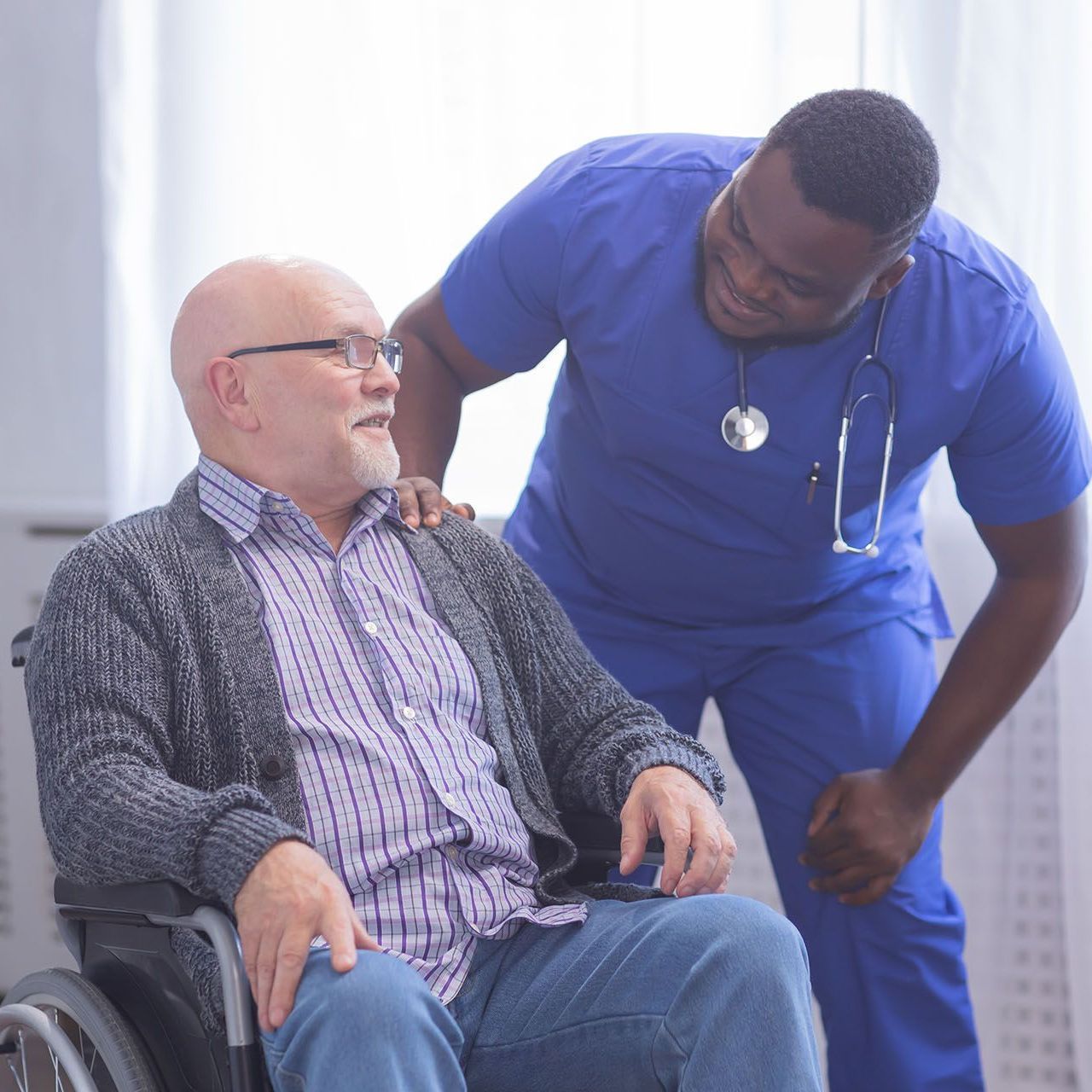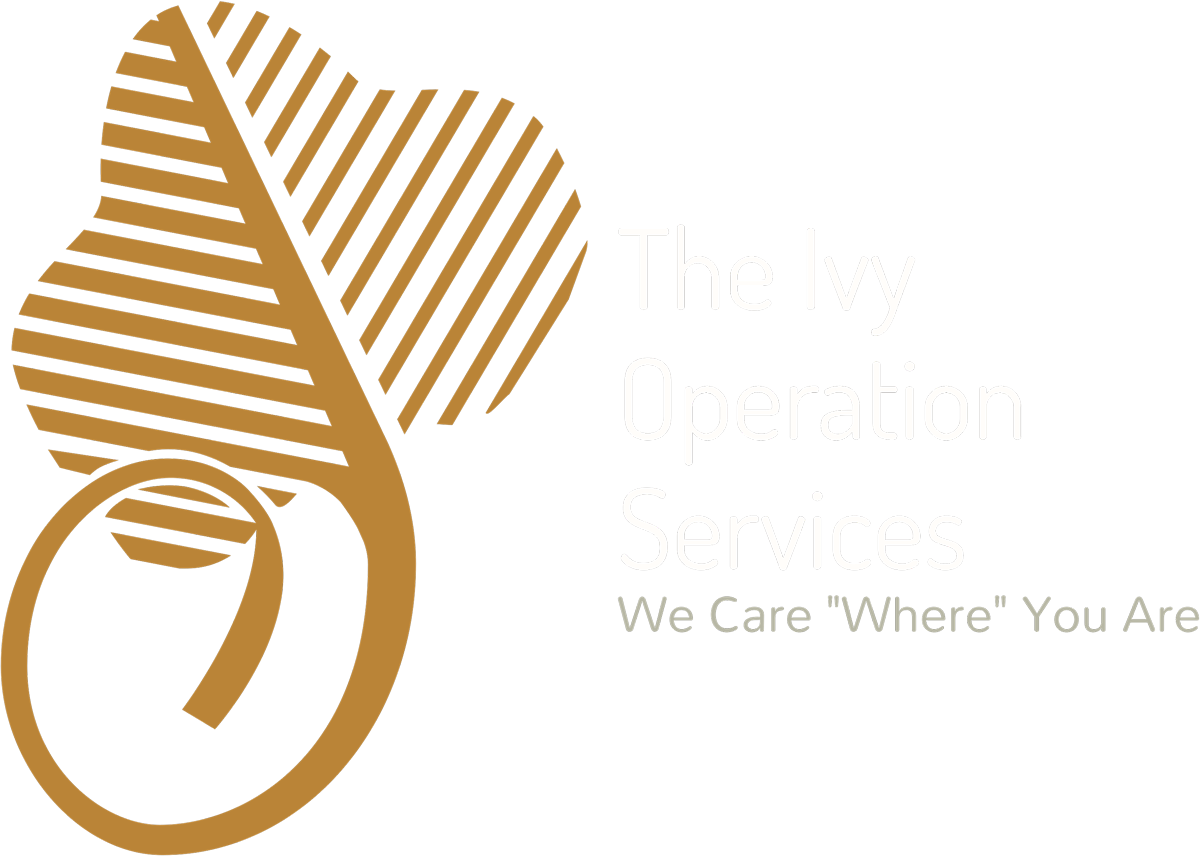Services
IOS-MoS Platform Architecture Summary
The Ivy Operation Services (Ivy)
Proprietary Platform of The Ivy Operation Services (Ivy)
I. Purpose & Role in Ivy’s Ecosystem
IOS-MoS is the digital backbone of Ivy’s care enablement strategy. Built to support Remote Patient Monitoring (RPM), Remote Therapeutic Monitoring (RTM), Chronic Care Management (CCM), Behavioral Health Integration (BHI), and future CMS-aligned programs (e.g., PCM, TCM, ACO models), the platform delivers:
- Care Plan Integrity
- Medical Necessity Verification
- Role-Based Intervention Frameworks
- Audit-Ready Documentation
- Engagement Scoring & Data Control
II. Core Platform Layers
1. Engagement & Task Orchestration Layer
- Patient-specific alerts, notifications, and intervention tasks
2. Clinical Logic & Validation Layer
- Rule-based care plan validation
- Real-time encounter scoring for audit defensibility
3. Data Capture & Device Integration Layer
- Native support for cellular-enabled devices (e.g., iBloodPressure, iGlucose, Orpyx SI)
- Threshold management per provider orders
- Device-to-chart streaming with anomaly detection tagging
- Manual vitals override and annotation interface
4. Security & Compliance Layer
- HIPAA & CMS-compliant recordkeeping
- Role-based access and IP-restricted login protocols
- Audit log chain-of-custody across every interaction
- ISO 9001-aligned architecture standards (DNV-ready)

III. Care Apparatus™ Integration
IOS-MoS is fully interoperable with the Care Apparatus™, Ivy’s proprietary care transformation model. The platform serves as the operational layer where Care Apparatus concepts—like Real Plan Architecture and Compression Checks—are measured, executed, and aligned to CMS performance expectations.
IV. Scalability & Extensibility
- Supports multi-location, multi-provider models
- FQHC/RHC billing pathways (G0511, G0512) and SNF modules pending
- APIs available for third-party EHR integrations (FHIR roadmap active)
- Supports 3+ language localization in compliance with CLAS standards
